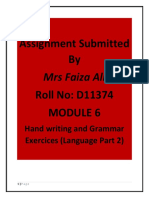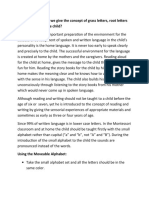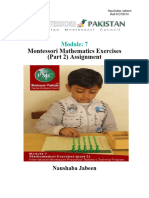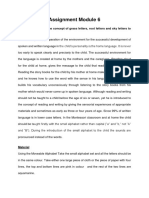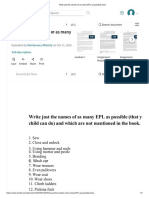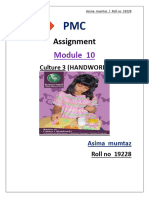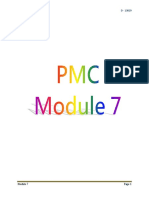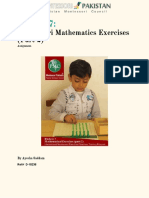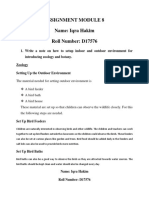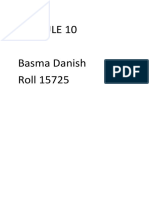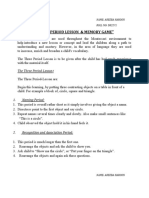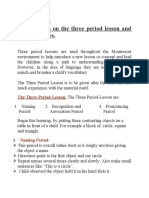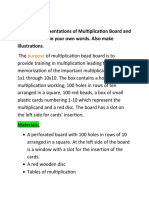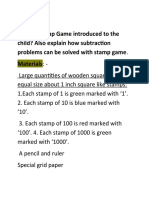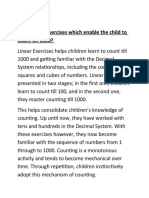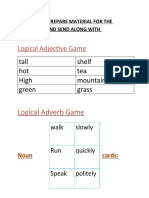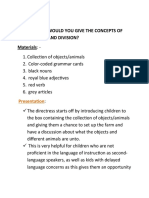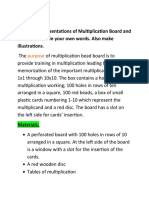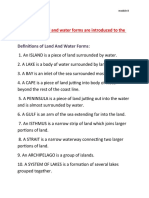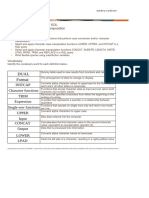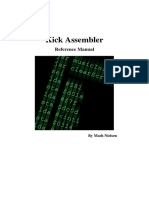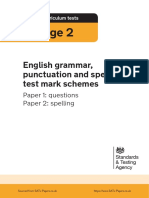0% found this document useful (0 votes)
538 views4 pagesTeaching Upper Case Letters to Kids
Upper case letters are the capitalized form of letters in the English alphabet. A teacher introduces upper case letters to a five-year old child using three sets of cards with individual letters - one with lowercase letters, one with uppercase letters, and one with both forms side by side. The teacher presents lowercase letters first, then introduces the matching uppercase letters using their proper names and describing them as "capital letters". She reinforces the concepts using repetition and activities matching uppercase letters to their lowercase counterparts. The goal is to help the child recognize and differentiate uppercase from lowercase letters.
Uploaded by
laiba aslamCopyright
© © All Rights Reserved
We take content rights seriously. If you suspect this is your content, claim it here.
Available Formats
Download as DOCX, PDF, TXT or read online on Scribd
0% found this document useful (0 votes)
538 views4 pagesTeaching Upper Case Letters to Kids
Upper case letters are the capitalized form of letters in the English alphabet. A teacher introduces upper case letters to a five-year old child using three sets of cards with individual letters - one with lowercase letters, one with uppercase letters, and one with both forms side by side. The teacher presents lowercase letters first, then introduces the matching uppercase letters using their proper names and describing them as "capital letters". She reinforces the concepts using repetition and activities matching uppercase letters to their lowercase counterparts. The goal is to help the child recognize and differentiate uppercase from lowercase letters.
Uploaded by
laiba aslamCopyright
© © All Rights Reserved
We take content rights seriously. If you suspect this is your content, claim it here.
Available Formats
Download as DOCX, PDF, TXT or read online on Scribd
/ 4





